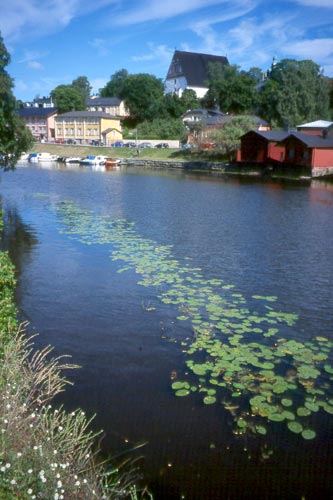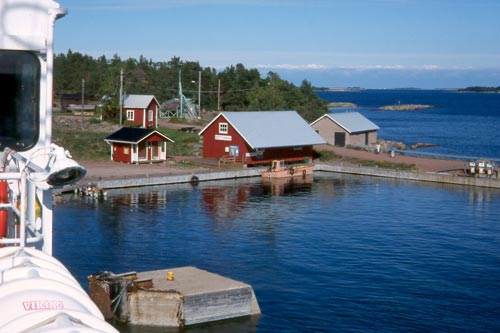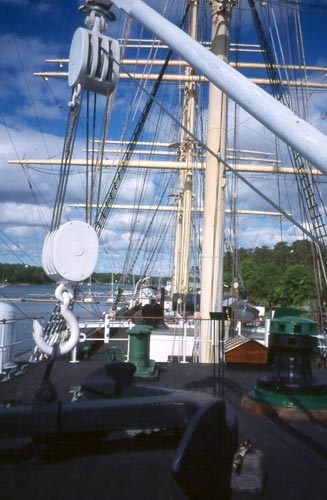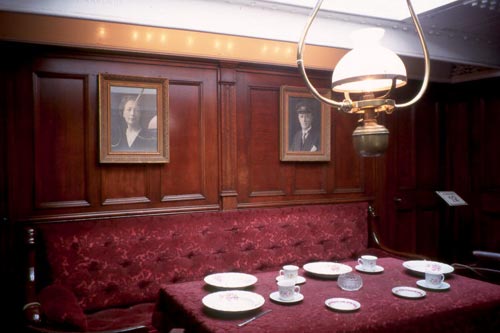
Porvoo is a medieval town on the Eastern King's Road.
A FINNISH SOJOURN
I'd ridden the length of Finland in 1997 on a four-month loop around the Baltic. Starting from Helsinki, I had headed east to Porvoo and on to near the Russian border, then turned north through beautiful lake country and on into the arctic of Finland's far north. Eventually I pedaled across into Norway and reached Nordkapp, the northern tip of the continent, three days later.
This time I rode east to west along the southern coast, following the old King's Road much of the way. Sweden built this historic route to link Stockholm with the nation's eastern territories. The Swedes had arrived in Finland during the Northern Crusades about 800 years ago with a Bible in one hand and a sword in the other. The Finns converted from the old pagan ways to Christianity, and a 600-year relationship with Sweden began. Even today many road signs display town names in both Swedish and Finnish. Sweden "lost" Finland to Russia in the early 1800s, though the Finns retained a large degree of autonomy. Independence finally came in the early 20th century, yet wars with Russia in the 1940s devastated the economy. Finland is now a prosperous country with high-tech industries and beautiful landscapes of forests, vast lakes, and rugged seacoasts. The Finns use the Euro, and this was my first experience with the currency, which felt much like using dollars because the values are so similar. I found the cycling surprisingly hilly while rolling up and down the glaciated hills.
I'd enjoyed a visit to the capital Helsinki six years ago, so this time I focused on two museums not open on my previous trip. The National Museum had been closed for major renovations then, but now offered detailed exhibits on the early history of the Finns, then a quick overview of recent centuries. The new Kiasma museum, just a hole in the ground in 1996, displayed many contemporary art installations. Video projects filled the third level with lots of bizarre stuff, as you'd expect. My favorite was a Route 66 exhibit in which you would slide a large TV panel along a 10-meter rail to get views and stories of the landscapes and people along the way.
Åland Islands
From the maritime city
of Turku on the west coast, I island-hopped and ferried across a chain of islands
westward to Kökar Island. The rock-filled waters
demanded careful attention from boat captains. People in the
Ålands speak Swedish yet belong to a territory
of Finland; the Ålanders have their own flag and customs, as well as a lot of autonomy.
The windswept low-lying rocky islands seemed more suited as a base for maritime
commerce and fishing than farming, but determined farmers still managed to till
some fields. I stopped in the main town of Mariehamn to visit the maritime museum
and the sailing ship Pommern docked nearby; both had fine exhibits and videos
of elderly men telling of their trips around the world on the Pommern and
other big sailing ships.

Porvoo
is a medieval town on the Eastern King's Road.

Sottunga,
one of the Åland Islands

The
Pommern
This and other sailing ships once operated out of Mariehamn in
the Åland Islands.
 Captain's
saloon of the Pommern
Captain's
saloon of the Pommern